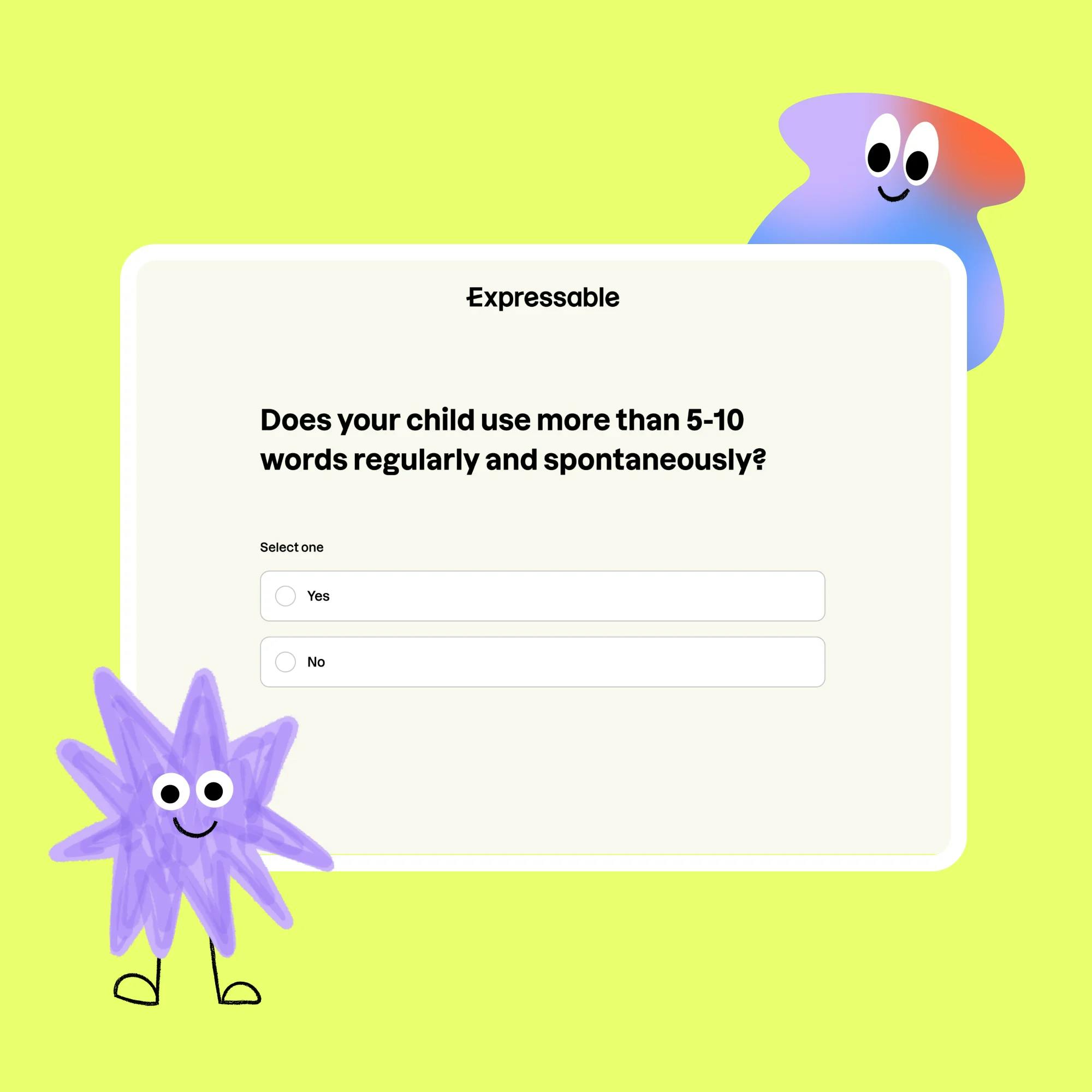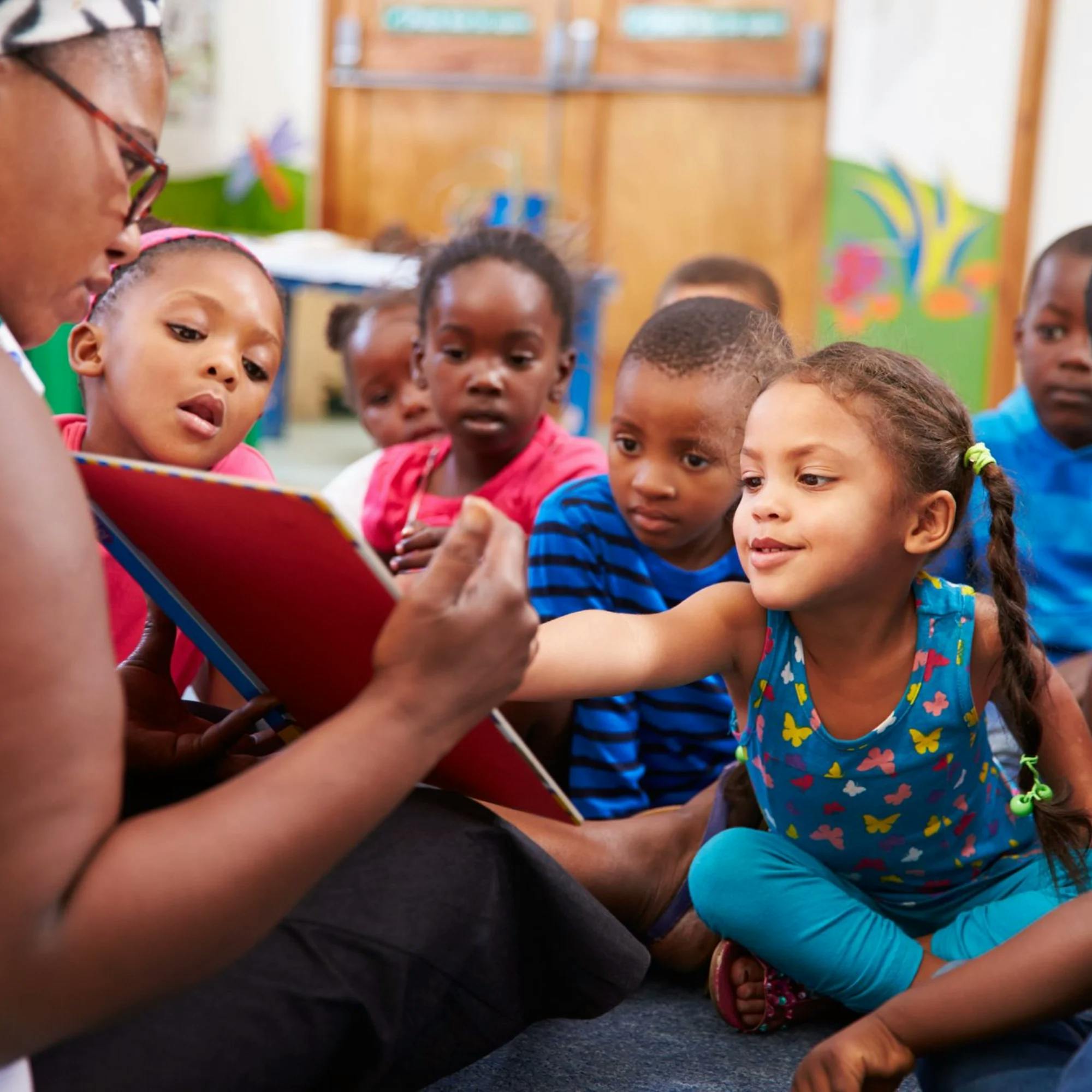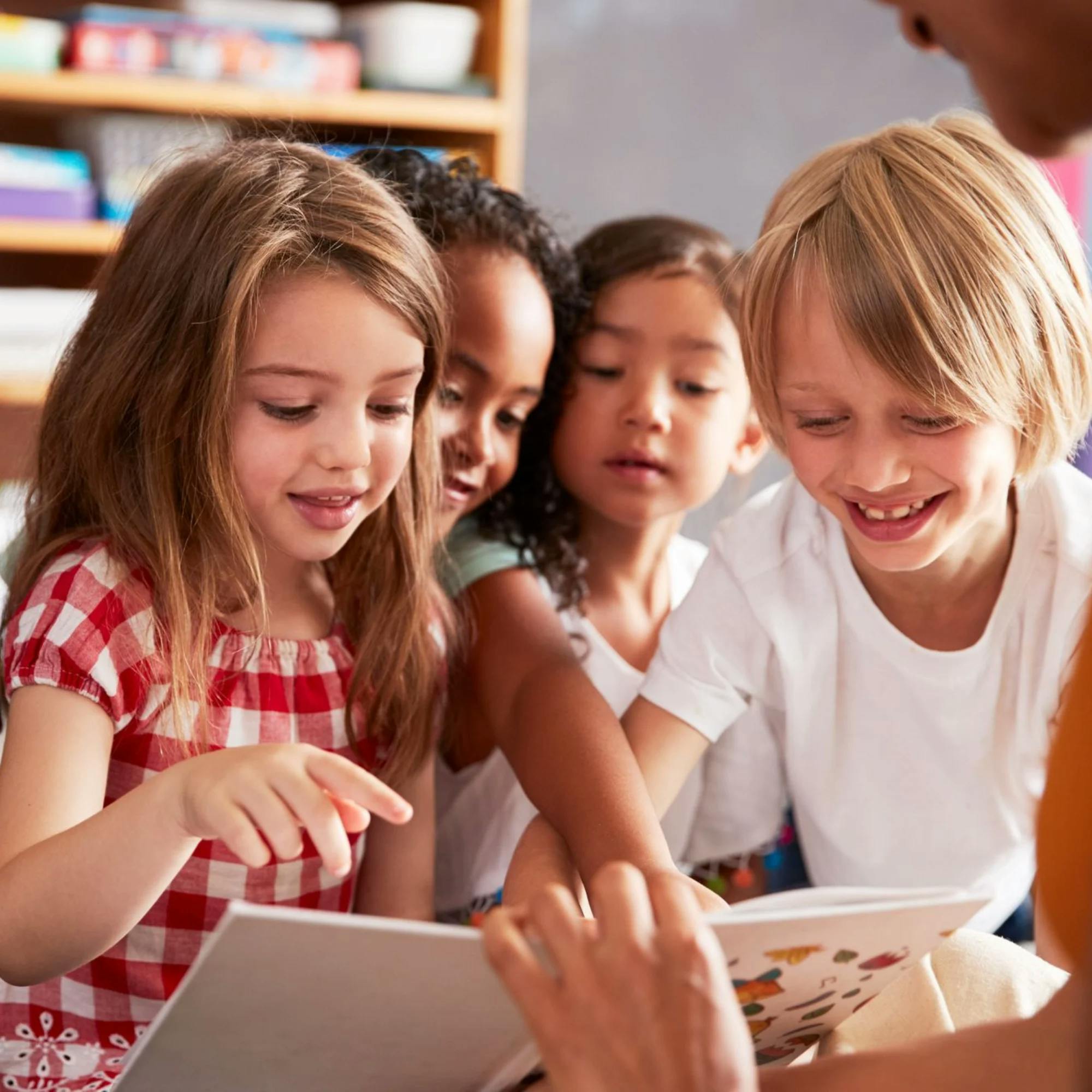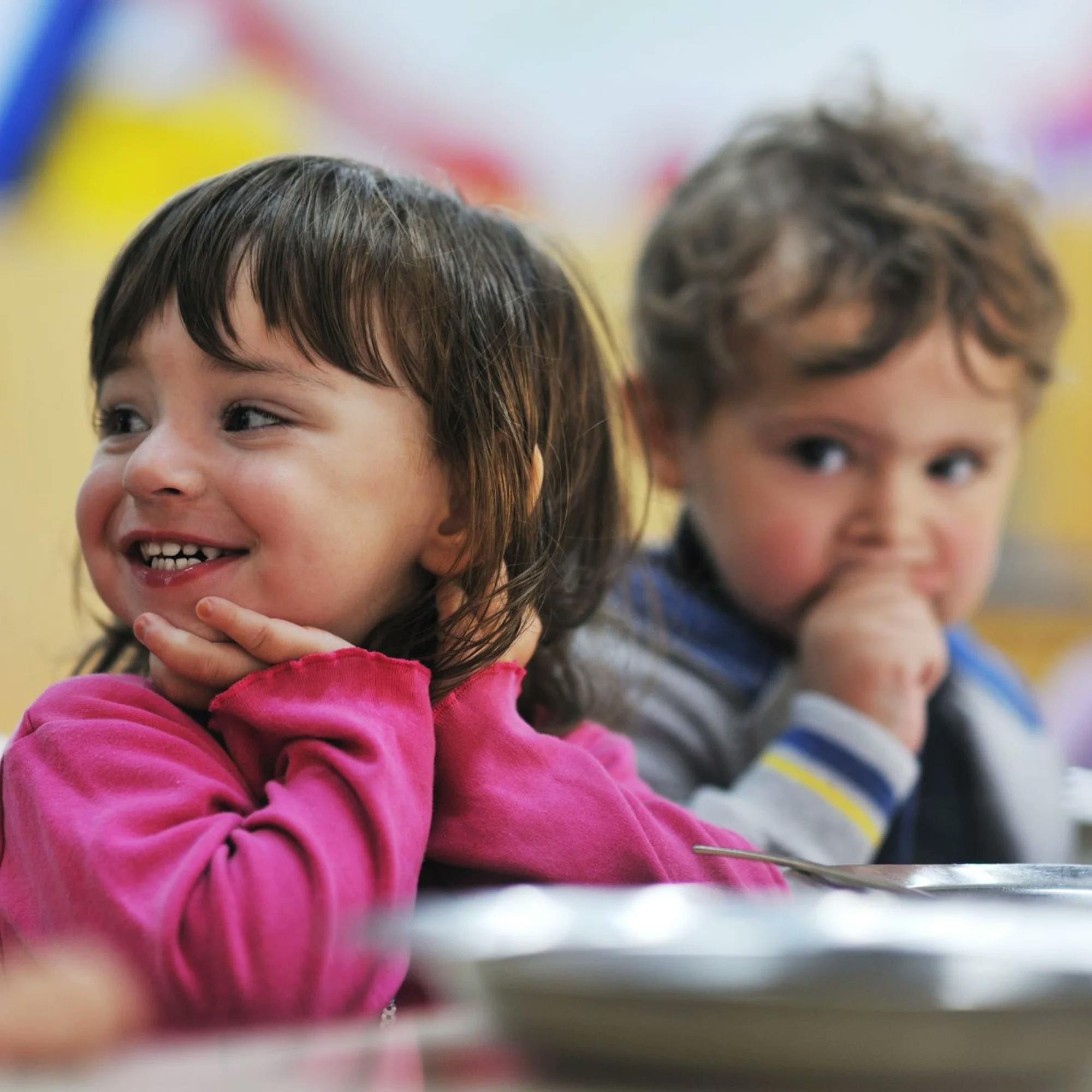
Speech and Language Milestones for 4-Year-Olds
 Abby Barnes, M.S., CCC-SLP
Abby Barnes, M.S., CCC-SLP
At age 4, your child is leaving toddlerhood behind, but it’s still magical viewing the world through their eyes. They may love to pretend–today they’re a chef, tomorrow an FBI agent. They may enjoy “helping” around the house. And they’re likely even showing a bit of independence and self-control (hooray!). As your child reaches each new developmental milestone, speech and language is part of that growth. While much of language development happens between birth and age 3, at 4 years old, children should be developing new skills that help them refine their communication abilities. You may notice that your preschooler is better at conversation or can explain how they’re feeling. The American Speech-Language-Hearing Association has developed a communication milestones checklist to help caregivers understand how their child should be progressing. Let’s take a look at the 4-year-old milestones, along with what you can do to support your little one along the way.
Curious or concerned?
Our free screener is tailored by age and covers all areas of speech, language, and feeding. Find out if your child might need speech therapy.
 Screener for children
Screener for childrenWhat should 4-year-olds be able to understand?
Receptive language refers to a person’s ability to understand what’s said to them. This helps children make sense of the world and the communication directed toward them.
Once a child is 4 years old, they can typically understand the majority of what’s said to them in any environment. Whether they’re following directions in preschool or listening to a family member at home, they should be able to make sense of the words and sentences spoken to them most of the time.
Following directions
Four-year-old milestones include being able to follow longer sets of directions than in the past–around three to four steps, specifically. If you tell your 4-year-old, “Take off your shoes, put them in the closet, then put your jacket away,” they should be able to complete these directions on their own, without forgetting a step or having to ask you to repeat it. Similarly, children around this age should begin to understand sequencing and related words. So if you give directions using words like “first” or “next,” they should be able to follow this sequence.
Understanding time
Time-based concepts are also important for children to learn at this age–think words like today, yesterday, and tomorrow. When they learn these concepts, they can start to use these words themselves, and they’ll be better able to describe and communicate about things going on in their world.
Beginning to rhyme
During a child's fourth year, they should begin to rhyme simple words, like dog and log, or cat and hat. Rhyming is related to phonological awareness skills. It shows that a child is understanding how the different sound units of our language work together and sound similar or different.


What should 4-year-olds be able to talk about?
Expressive language refers to the ability to communicate your wants, needs, and thoughts, whether verbally or nonverbally.
Describing emotions and feelings
One skill that 4-year-olds typically begin demonstrating is the ability to express and name feelings. Whether it’s describing how the character in their book is feeling, or using words to express their own emotions, this is an important milestone–and one you’re probably happy to see! It can be hard to guess what your child is feeling when they can’t clearly verbalize it yet–and challenging to deal with “big behaviors” that might arise as a result.

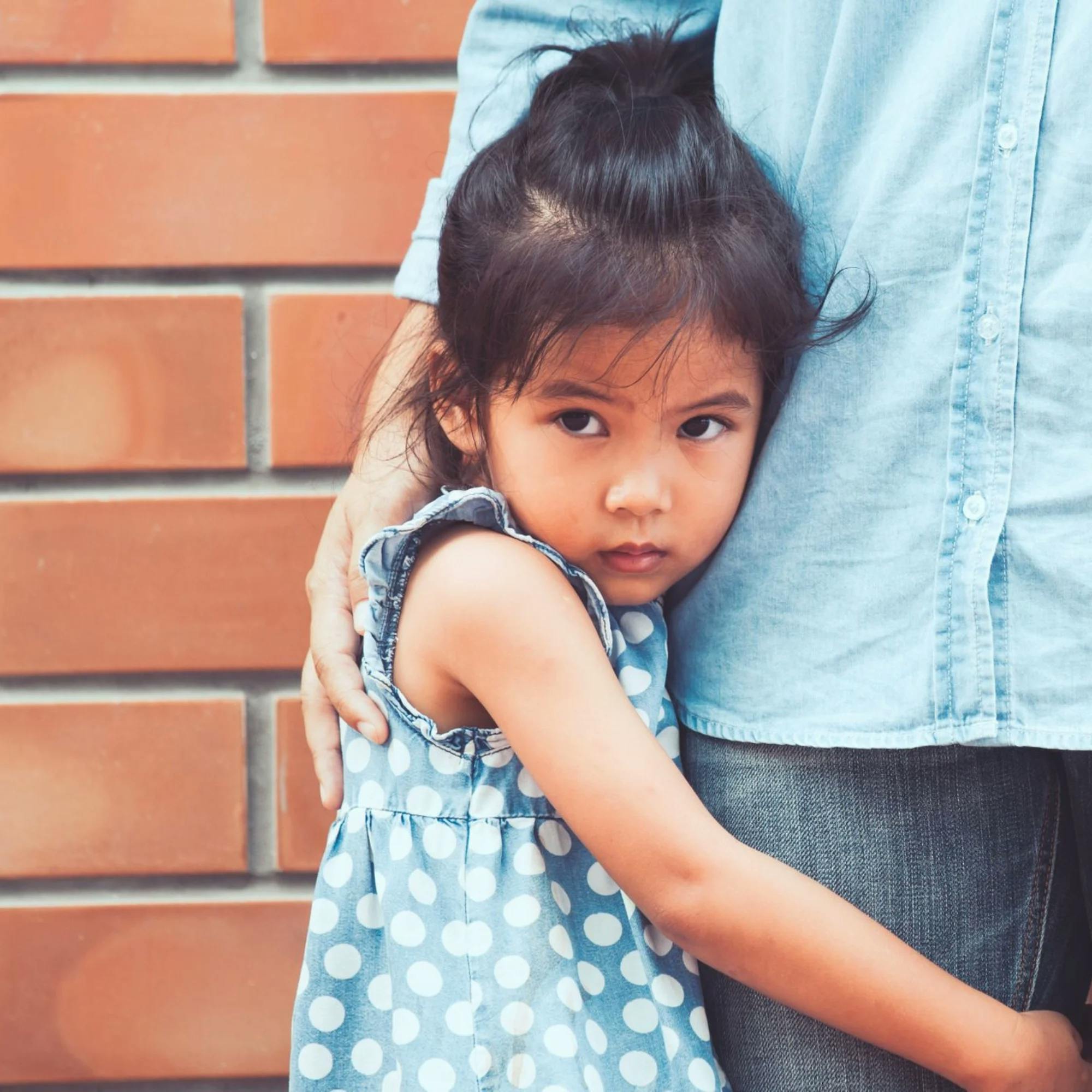
Answering questions
Along the same lines, when a 4-year-old child is asked a question, they should be able to answer it clearly and correctly. This is related to their ability to understand questions, as well as having the necessary vocabulary and grammar skills to structure their response.
Participating in conversation
The older kids get, the more adult-like their speech should sound. Four-year-old milestones include being able to talk to a variety of people, both children and adults, and maintain a conversation. This includes staying mostly on topic, as well as answering and asking questions to keep the conversation progressing. Four-year-olds should also use correct grammar most of the time.
As children talk with others, you may notice their desire to tell stories. Maybe this involves recounting something that happened at the park, or telling a made-up story about pirates and princesses! Around 4 years old, your child should start verbally sharing their imagination with others.
Find the right speech therapist for your child
We'll match you with a licensed speech therapist who's experienced in your child's needs and available when you are.
 Get started
Get startedWhat should a 4-year-old’s speech sound like?
Just like language skills grow, so do articulation abilities. Articulation refers to a person’s ability to say specific speech sounds.
You should see consistent improvement in your child’s ability to say all speech sounds during their fourth year. You may hear some errors with the sounds /l/, /s/, /r/, /v/, /z/, “ch,” “sh,” and “th.” For example, /s/ might sound like “th”: thock instead of sock. Or your child may replace an /r/ sound with a /w/: wace instead of race.
However, by the time a child turns 5 years old, errors with these sounds (and any others) should be gone. So be sure to watch for constant improvement in articulation skills. Your child’s speech should be easily understood by any conversation partner, whether a family member or an unfamiliar person, about 90% to 100% of the time. If not, that may be a sign to contact a speech-language pathologist.
We all have moments when we repeat a word or a sound. However, as a whole, speech should come out smoothly.
By the time a child is 4 years old, they should not be repeating any sounds or words the majority of the time. Constant repetition of sounds and words could signal stuttering, which is a problem with fluency. If your preschooler frequently says sentences that sound like this: “I w-w-w-want to go outside,” it’s a good idea to speak with a speech therapist.
When might speech therapy be needed?
If your child isn’t meeting some of the 4-year-old milestones, don’t hesitate to reach out to a speech-language pathologist, also commonly known as a speech therapist. Early intervention is important when it comes to speech and language development, whether the issue is with receptive or expressive language, speech sounds, or fluency. The sooner a delay or problem is identified, the sooner therapy can start and progress can begin!


This is especially important as your child prepares to start school. When children begin preschool or kindergarten, they’re suddenly put into a much more social environment. There are new structures and rules to follow, and they begin to develop relationships with teachers and peers. These new people may have a harder time understanding your child’s speech than you do. Kids who struggle with speech or comprehension may become conscious or aware of these challenges. If they don’t believe in their abilities, they may clam up, be held back in their social development, or struggle academically. If you suspect your child could benefit from some extra support, contact a speech therapist for an evaluation. In order to help children be confident communicators, it’s best to give them the tools for success as soon as possible!
How Expressable Can Help
Concerned your child isn't reaching age-expected milestones? Looking for communication support from a professional? Expressable is a national online speech therapy practice serving children and adults. We treat all major areas of communication and feeding, offer flexible hours including evenings and weekends, and accept most major health insurance plans. We’re proud to have earned more than 3,000 5-star reviews from our clients (4.9/5 average).
Our therapy model is centered on parent and caregiver involvement. Research proves that empowering caregivers to participate in their loved one’s therapy leads to better outcomes. That’s why we combine live, 1-on-1 speech therapy with personalized education and home practice activities for faster progress.
Communication is more than words. It’s how we share how we feel and show who we are. We’re here to help you or your child do just that.




